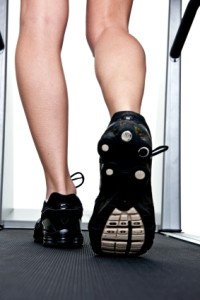
Introduction
Our Physical Therapists use video capture/playback to examine the movements that can cause injury. We can also compare and contrast healthy movement versus injured movement to guide the injured patient back to health. Slowing down an athlete’s movement can pinpoint areas that need rehabilitation or improper movement patterns that may evolve into other problems.
How does it work?
Our physical therapists will fully review your athletic and/ or medical history along with a detailed assessment of joint range of motion, muscle strength and balance reaction. The balance reaction assessment determines how each link in the kinetic chain (foot, ankle, knee, hip, torso ….) interacts. Then we will record you walking and/or running. The video is uploaded to motion analysis software which allows us to appreciate subtle movements that may be hindering your performance or creating an injury.
If the movement problem is significant the physical therapist will take the time to allow you to recognize the movement fault and formulate a plan to correct it. This may involve:
- Adjustments to running technique and/or gait pattern
- Footwear and orthotic advice
- Individualized exercise drills to stabilize the pelvis, hips, knees, ankles and feet
The main advantage of video movement analysis is that it involves the patient in the entire process. The motion analysis software and physical therapist’s guidance allows the patient to see and understand the problem. This helps to motivate them to make the changes in either their gait or in their exercise routine. These changes in strength and technique can easily be tracked using subsequent video analysis.
Who will benefit from a video movement analysis?
- Individuals with a family history of foot problems such as high arches, flat feet or are knock kneed.
- Individuals with existing injuries (i.e. back, hip, knee, ankle or foot pain) as a result of gait disturbance or poor running mechanics.
- Professional or recreational athletes in high impact sports such as tennis, football, rugby, hockey or any sport where running is an integral part of the sport.
- Runners wanting to improve the effectiveness of their training and achieve a faster race time.
